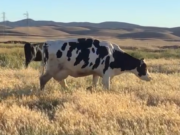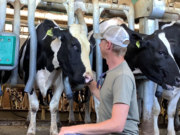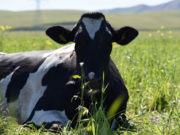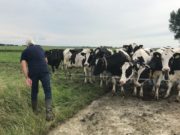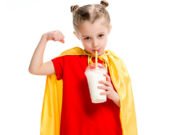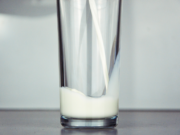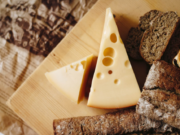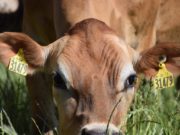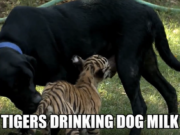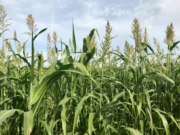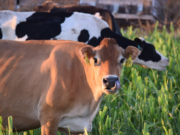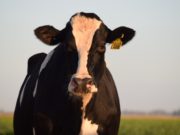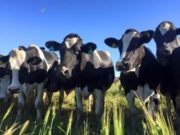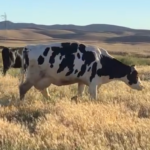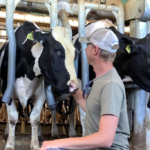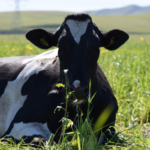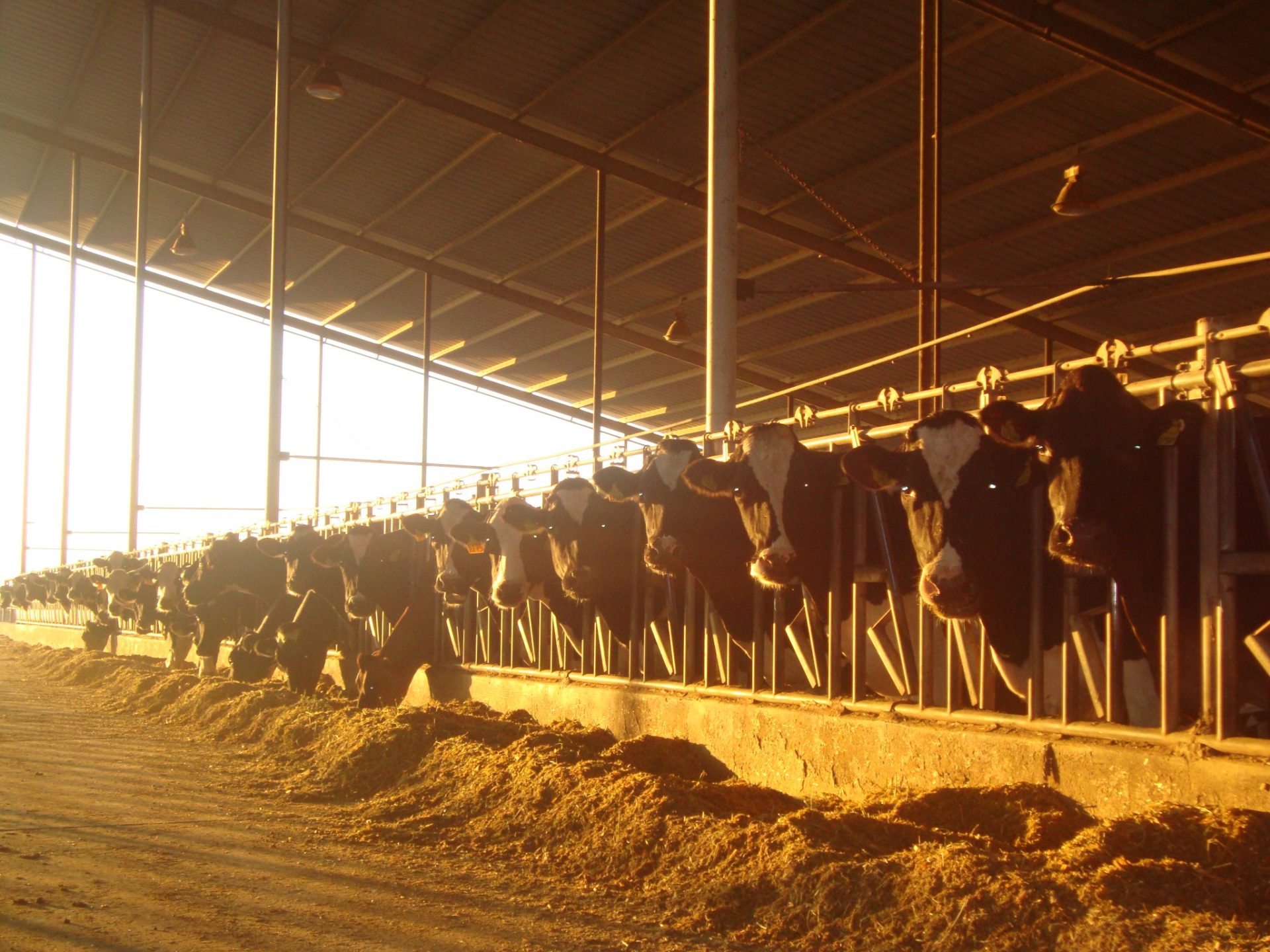
Cow Identification
People always ask me, “how can you know each cow, don’t they all look the same?” The answer is no, all cows are not created equal.
Even though our cows are all black and white, you really can tell them apart! Cows are different colors, different sizes, and have different character. If you are around them enough, you can pick up on the slight differences.
Some people are great cow people because they are very good at memorizing the differences between cows. But other people are not so great at working with the cows, and really don’t have the skill.
Our farm has a lot of cows, so remembering each one can be challenging. But if you work with the cows every day, you can remember who each cow is by their slight differences.
Size
**Sorry you can’t really see the size comparison. The picture on the right is the same brown cow as the one in the left picture**
Different cow breeds are different sizes. Jersey’s are the smallest breed. They stand much shorter than Holsteins. Brown Swiss are the largest dairy cows. So breed is a real determinate of what size the cow will be.
We also breed for a certain size cow. We try to match tall bulls with short cows, and short bulls with tall cows. The result is a very balanced herd of cows. You still get some variation in size though regardless of the breeding.
Size is a logical way to remember certain cows, although only slightly helpful in a herd with few extremes.
Character
**You can see a hint of character in this picture. One cow wondering what’s going on while her friend is only focused on food**
An interesting way of remembering cows is by noting their character. Every cow has a different personality. Some are nosy, curious, tame, lazy, wild, and some can be quite shy.
One of the cows on the dairy was easy to remember because she became my stalker. Every time I went to her pen, she followed me around licking me. She was really quite friendly.
Color
**You can easily see color variation among the cows in these pictures**
The color of the cow is primarily determined by the breed of the cow. Holsteins are the black and white ones, with the exception of some that are red and white. Jerseys and Brown Swiss are brown, while Guernsey’s are brown and white.
You can also remember cows by their markings. Holsteins, although they are all black and white, have different amounts of black and white. Some are more white than black, and vice versa. Then there is a wide variety of spot shapes.
**Some cows are more white than black and vice versa**
For example, one of my first cows was named candy cane. Candy cane had a completely black face except for a white candy cane shape on her head. It was pretty cool, and very easy to pick her out from the rest of the herd.
If you spend enough time with the cows, you get pretty good at remembering the patterns. It’s really helped me develop a great photographic memory.
My sister and I are pretty good at remembering the differences in the cows. Albeit it’s hard to communicate which cow we are talking about.
Sister: Hey did you see that great looking cow out there
Me: Which one?
Sister: The black and white one
Me: Umm…
**Each cow has a different color pattern**
Numbers
Because it’s hard to communicate the differences of the cows to other people, most dairies have a few ways to identify each cow. Most dairies use a number system. Each cow has their own unique number so we can keep health records on them.
The numbers are usually on tags that are clipped in the ears. They are like stylish earrings, but for cows.
**A cow sporting her stylish earrings**
Don’t be surprised about the large numbers. Cow number 22224 does not mean we have 22,224 cows in our herd. It’s just the chronological number sequence we are using. Our dairy has been in business for quite some time so that’s just the number we are currently using.
It’s important that each cow have a unique id. Each cow needs to have a unique, easily readable id so everyone on the dairy can know each cow. With a number, there is better communication about the cows with less confusion.
With a number, we can keep track of each cow. Each cow has a health record. On the health record, we record the dad, the mom, birthday, milk production and milk quality, how many days the cow has been milking, if she’s pregnant, any treatments that might have been given, and any health problems the cow might have encountered. With the health record, we can have very detailed information about each cow.
RFID
Radio-Frequency Identification, RFID, is a new technology that has been developed in the past couple of years, and is really quite revolutionary.
When you have a large group of cows, it can be tricky finding that one cow. With a RFID tag, we can use a scanner to quickly scan each cow to find the one we need. It has really cut down the work we have to do on our dairy.
Now if we need to check on a certain cow, we simply enter it into the computer and go out and scan the pen she is in. The RFID tag is the little white circle tag in the cows ear.
Summary
All cows are not created equal. We can tell them apart by size, character, and color. Sometimes though those characteristics aren’t enough to distinguish each cow so we use numbers and RFID tags.
Ear tags and RFID tags really just help us do a better job at taking care of the cows. With the tags we can give better, more attentive care to each animal. It also solves that dilemma you have when you’re talking to your sister about that awesome looking cow you seen earlier in the day.
If you have any questions about anything in this posting, feel free to send me comments s@crazymoos.com.

